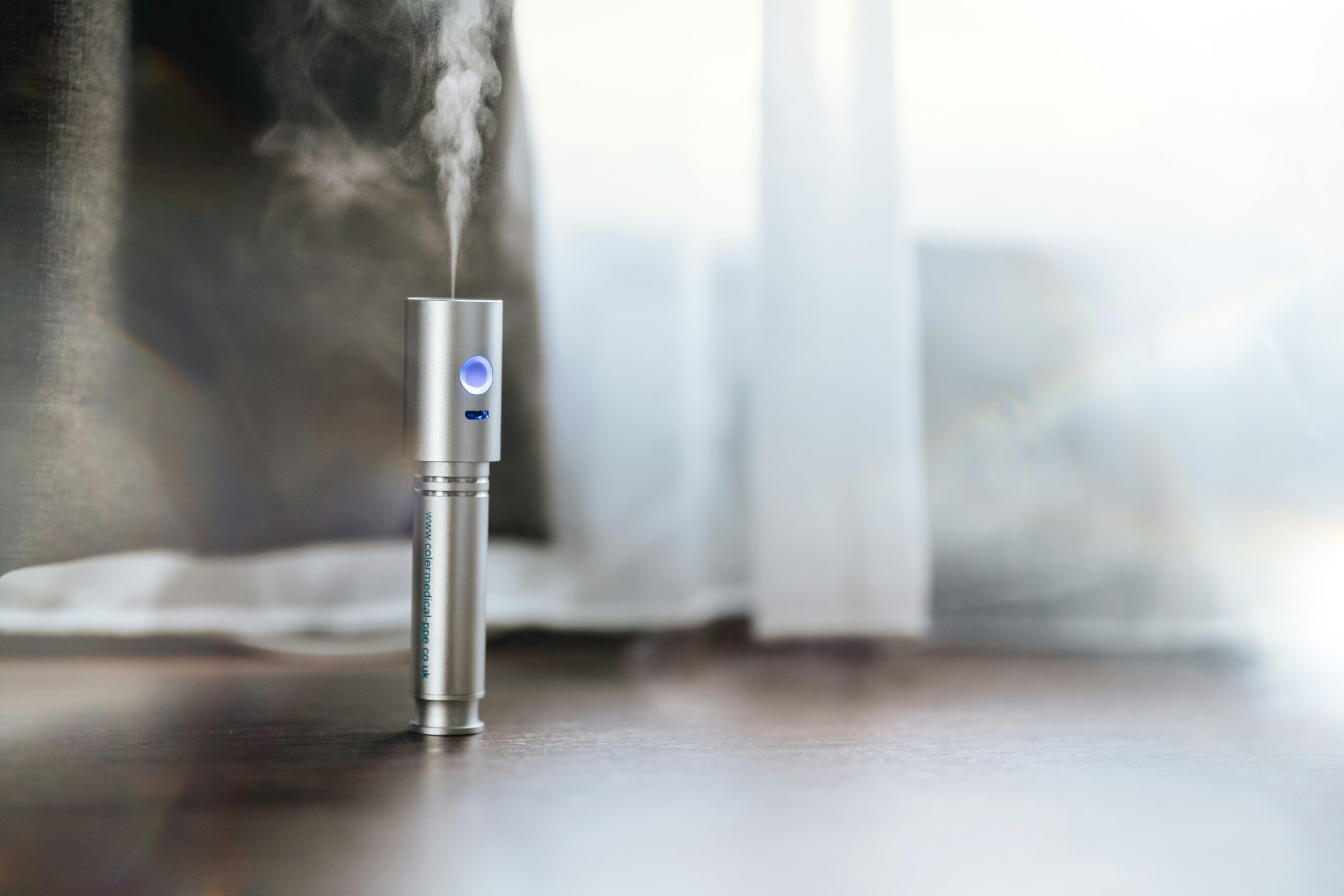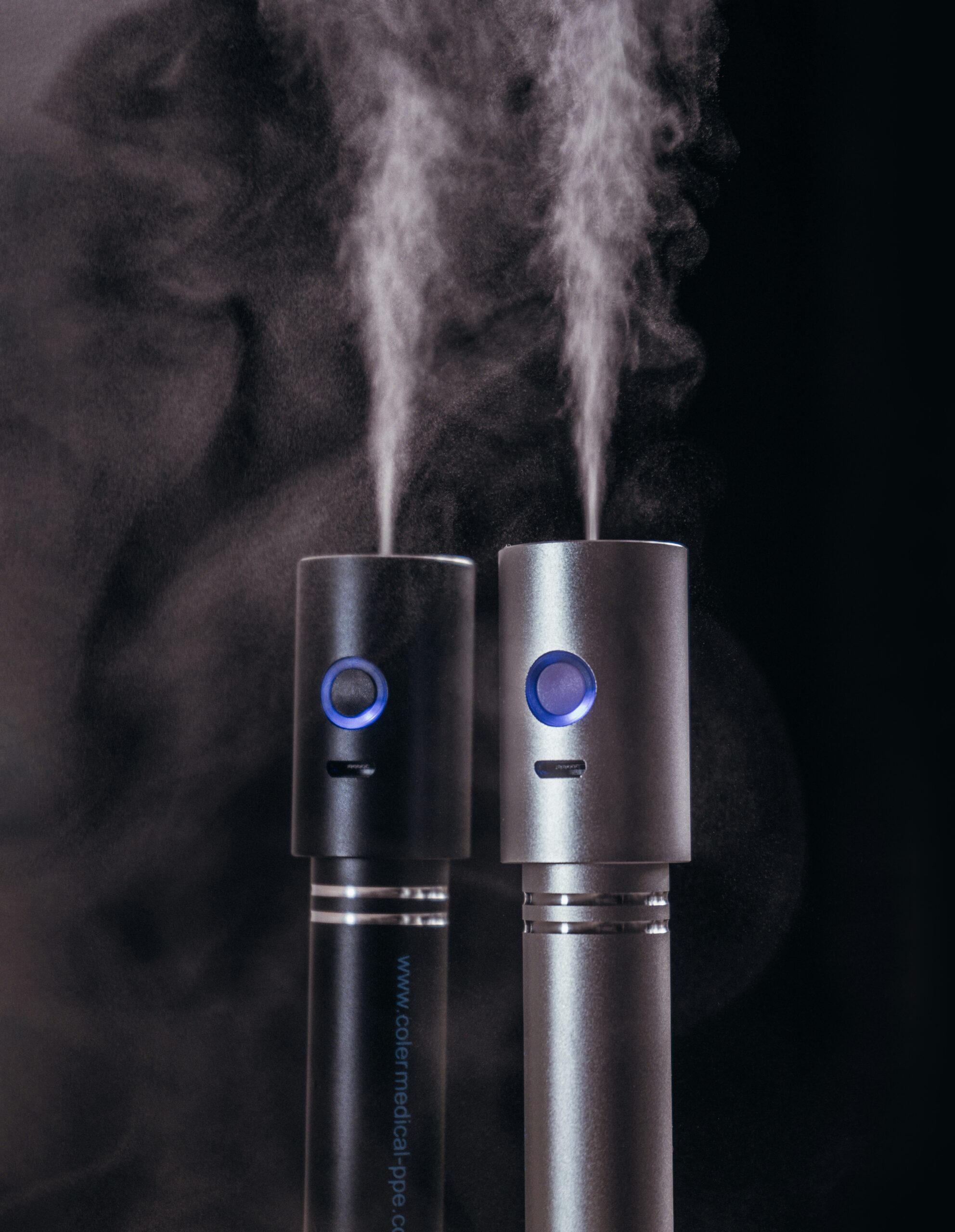Have you ever found yourself facing the frustrating issue of foggy lenses when using your birding binoculars? It can be immensely annoying, especially when you’re out in the field trying to observe those elusive feathered creatures. Luckily, there are some simple yet effective ways to prevent fogging and ensure crystal-clear vision through your binoculars. In this article, we will explore a few practical tips and tricks that will help you keep your lenses fog-free, allowing you to enjoy the beauty of nature without any hindrance. So, let’s dive right in and discover how you can combat the fogging dilemma in your birding binoculars.

Understanding the Basics of Fogging
What is lens fogging?
Lens fogging refers to the condensation of moisture on the lenses of binoculars or other optical devices, causing a blurred or hazy view. It occurs when warm, humid air comes into contact with the cold surface of the lenses. The moisture in the air condenses into tiny droplets, creating obstructed vision.
Why does lens fogging occur?
Lens fogging occurs due to the temperature difference between the surrounding environment and the lenses. When you take your binoculars from a warm setting to a cold one, or vice versa, the sudden change in temperature causes the moist air to condense on the lenses. Additionally, breathing on the lenses or exposing them to humid conditions can also lead to fogging.
Implications of Fogging on Birding
Distorted view of birds
Fogged lenses significantly compromise your ability to observe birds clearly. The condensation obstructs your view, making it difficult to identify different species, assess their behaviors, or appreciate their intricate details. This can be frustrating and disappointing, especially for avid birders who cherish the chance to observe these creatures in their natural habitats.
Potential damage to binoculars
Frequent fogging of lenses can lead to long-term damage to your binoculars. The moisture can seep into the internal components, causing corrosion and potentially impairing the functionality of the device. Over time, this can impact the quality of your birding experience and necessitate costly repairs or replacements.
Interruption to birding activities
Lens fogging can disrupt your birding activities and limit the time you spend observing these amazing creatures. Constantly wiping and cleaning fogged lenses takes away precious moments that could have been spent enjoying the sights and sounds of the birds. Moreover, it may distract you from the moment and affect the tranquility and immersion that birding often provides.
Prevention Strategies: Environmental Considerations
Stay away from extreme temperature changes
One of the best ways to prevent lens fogging is to avoid sudden temperature changes. When transitioning between environments with different temperatures, allow your binoculars to acclimate gradually. This can be achieved by keeping them in their case or protective cover for a few minutes before using them in a new setting.
Avoid breathing on the lenses
Breathing on the lenses should be avoided as much as possible. Our breath contains warm, moist air, which can quickly cause fogging on the cold lenses. To prevent this, maintain a safe distance between your face and the binoculars while using them. If necessary, use lens caps or hoods to add an extra layer of protection.
Reduce exposure to humid conditions
High humidity can significantly increase the risk of lens fogging. Whenever possible, try to minimize exposure to extremely humid environments by choosing birding locations with drier climates. If you find yourself in a humid setting, consider using preventative measures, such as anti-fog products or fog-resistant binoculars, which will be discussed later in this article.
Use of Anti-Fog Products
Anti-fog sprays
Anti-fog sprays are specifically designed to combat lens fogging. These products create a thin, transparent film on the surface of the lenses, preventing moisture from condensing. To apply an anti-fog spray, simply follow the instructions provided by the manufacturer. It is important to note that some sprays may alter the optical properties of the lenses or leave a residue, so use them cautiously.
Anti-fog cloths
Another option for preventing lens fogging is using anti-fog cloths. These cloths are typically impregnated with a special solution that helps keep the lenses clear. To use an anti-fog cloth, gently wipe the lenses in a circular motion. Ensure that the cloth is clean and free from debris to avoid scratching the lenses. Remember to store the cloth in a protective case to maintain its effectiveness.
How to apply anti-fog products
When applying anti-fog products, it is important to follow the instructions provided by the manufacturer. In most cases, a small amount of the product needs to be applied to the lenses using a soft, lint-free cloth. Allow the product to dry completely before using the binoculars. Be cautious not to overapply, as this can lead to smudges or residue that may affect visibility.

Proper Storage of Binoculars
Use of airtight containers
Proper storage of binoculars is essential in preventing fogging. When not in use, store your binoculars in an airtight container to protect them from changes in humidity and temperature. This will help maintain a stable environment and reduce the risk of moisture accumulation on the lenses.
Importance of dry environments
Moisture is a primary factor contributing to lens fogging. Therefore, it is crucial to store your binoculars in dry environments. Avoid leaving them in areas prone to high humidity, such as basements or bathrooms. Instead, choose a cool, dry location where the risk of condensation is minimal.
Proper handling to prevent moisture contact
To further prevent moisture contact, handle your binoculars with care. Avoid touching the lenses or exposing them to water, especially when using them in rainy or humid conditions. If your binoculars do become wet, gently wipe them with a soft, dry cloth and allow them to air dry completely before storing them.
Types of Binoculars: The Role of Fog-Resistant Models
Fog-proof binoculars: how they work
Fog-proof binoculars are specifically designed to withstand temperature changes and combat lens fogging. They are equipped with O-ring seals that prevent moisture from entering the internal components. Additionally, these binoculars are filled with nitrogen or argon gas, which helps maintain a stable internal environment and prevents fogging.
Argon and nitrogen purged binoculars
Argon and nitrogen purged binoculars go a step further in preventing fogging. These binoculars have the internal air replaced with either argon or nitrogen gas. Both gases are dry and less prone to temperature fluctuations compared to regular air, making them effective in preventing condensation and fogging.
Sealed binoculars
Sealed binoculars are designed with a high level of waterproof and weatherproof protection. These binoculars are constructed with tight seals and robust materials to prevent moisture from entering the internal components. This superior level of sealing greatly reduces the risk of lens fogging, even in extreme weather conditions.

Maintenance: Regular Cleaning of Lenses
How to correctly clean binocular lenses
Regular cleaning of binocular lenses is crucial to prevent fogging. To clean the lenses, start by brushing off any loose dirt or debris using a soft brush or air blower. Next, use a lens cleaning solution specifically formulated for optical surfaces. Apply a small amount of the solution to a microfiber cloth and gently wipe the lenses in a circular motion. Avoid applying excessive pressure or using abrasive materials that may scratch the lenses.
How cleaning prevents fogging
Cleaning the lenses helps remove any residual dirt, oil, or debris that can contribute to lens fogging. By maintaining clean lenses, you reduce the chances of moisture condensing on the surfaces and obstructing your view. Regular cleaning also allows for better light transmission and overall optical performance.
Products suitable for lens cleaning
When cleaning your binocular lenses, it is essential to use products specifically designed for optical surfaces. Microfiber cloths are excellent choices for gentle cleaning, as they effectively remove dirt and smudges without scratching the lenses. Additionally, lens cleaning solutions that are alcohol-free and specifically made for optical cleaning are recommended.
Need for Adequate Ventilation
Effect of ventilation on fogging
Adequate ventilation plays a crucial role in preventing lens fogging. Proper airflow helps maintain a balanced temperature around the lenses, reducing the risk of condensation. When possible, position yourself in an area with good air circulation, such as open spaces or near gentle breezes. This will help dissipate moisture and minimize fogging.
How to ensure adequate ventilation when birding
To ensure adequate ventilation when birding, choose locations with natural airflow, such as open fields, beaches, or higher elevations. Avoid areas with stagnant air or confined spaces, as these environments are more prone to foggy conditions. Additionally, consider using accessories such as lens hoods or sunshades, which can help improve air circulation and reduce the risk of lens fogging.
Role of Anti-Fog Lens Coatings
How Anti-Fog Lens Coatings work
Anti-fog lens coatings create a hydrophilic surface that prevents moisture from forming droplets. Instead of condensing, the moisture spreads evenly across the lens, allowing for clear vision. This coating is especially beneficial in humid environments or during activities that involve heavy perspiration.
Pros and cons of Anti-Fog Lens Coatings
The main advantage of anti-fog lens coatings is their long-lasting effectiveness. They provide a reliable solution for preventing lens fogging without the need for frequent reapplication. However, it is important to note that these coatings may alter the optical properties of the lenses slightly, potentially affecting image quality. Additionally, some coatings can be vulnerable to scratches, so proper handling and care are necessary.
Expert Tips on Keeping Your Binoculars Fog-Free
Keeping binoculars near body temperature
One expert tip for keeping binoculars fog-free is to keep them close to your body temperature. By storing them in a jacket pocket or using a harness that keeps them against your chest, you can minimize the temperature differential between the lenses and the surrounding environment. This reduces the chance of lens fogging when transitioning between areas with different temperatures.
Advice on using lens hoods
Lens hoods are not only useful for shielding your eyes from glare and improving image contrast, but they can also help prevent lens fogging. The hoods act as a barrier, blocking warm, moist air from reaching the lenses directly. By using a lens hood, you can create a buffer zone that helps reduce the temperature difference and minimize the risk of fogging.
Insights into preventing condensation build up
Condensation build-up occurs when warm and moist air comes into contact with cold surfaces. To prevent condensation on your binoculars, it is important to limit the exposure of the lenses to such air. Minimize breathing on the lenses, avoid using them in extremely humid conditions, and consider using preventative measures like anti-fog products or fog-resistant binoculars. Additionally, proper cleaning and storage practices play a vital role in preventing moisture accumulation and condensation build-up.
In conclusion, preventing lens fogging in birding binoculars requires a combination of environmental considerations, proper maintenance, and the use of effective strategies such as anti-fog products or fog-resistant models. By understanding the basics of fogging, being aware of the implications it has on birding, and implementing preventative measures, you can ensure a fog-free and enjoyable birding experience. Remember to take care of your binoculars, maintain clean lenses, and choose birding locations and conditions that minimize the risk of fogging. With these precautions in mind, you can fully immerse yourself in the wonders of bird observation without the frustration of lens fogging. Happy birding!
